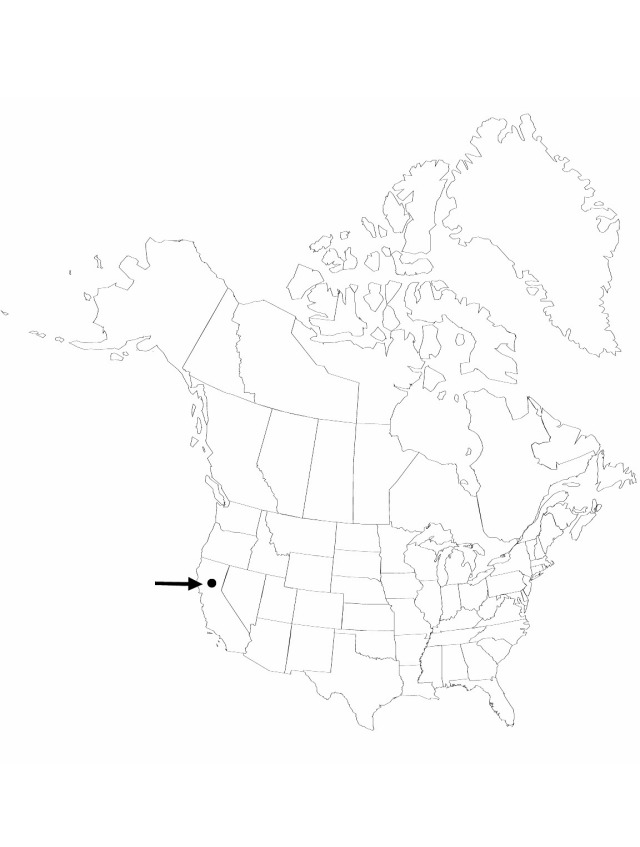Najas graminea
Description de l'Egypte... Histoire Naturelle 282, plate 50, fig. 3. 1813.
Stems sparingly branched distally, to 35 cm × 0.2–0.5 mm; internodes 0.4–1.9 cm, without prickles. Leaves spreading to ascending with age, 0.8–2 cm, lax in age; sheath 1–1.5 mm wide, apex deeply auriculate; blade 0.5–1 mm wide, margins minutely serrulate, teeth 40 per side, apex acute with 2–3 teeth, teeth unicellular; midvein without prickles abaxially. Flowers 1–2 per axil, staminate and pistillate on same plants. Staminate flowers in distal axils, 2–3 mm; involucre beaks 4-lobed, 1–1.5 mm; anther 4-loculed, 1.5 mm. Pistillate flowers distal to proximal, to 3.5 mm; styles to 1 mm; stigmas 2-lobed. Seeds not recurved, greenish brown, fusiform, 1.7–2.5 × 0.4–6 mm, apex with style situated at center; testa dull, 3 cell layers thick, pitted; aeroleareoles regularly arranged in 35 longitudinal rows, not ladderlike, 4-angled, as long aser than broad, end walls slightly raised. 2n = 24, 36, 48 (Asia).
Phenology: Flowering summer.
Habitat: Rice fields
Elevation: 200 m
Distribution

Calif., Eurasia, Africa, Australia.
Discussion
Because of the deeply auriculate sheaths, Najas graminea is one of the easiest of the North American and Central American Najas to recognize. Najas graminea often becomes weedy in rice fields of southeast Asia.
Selected References
None.